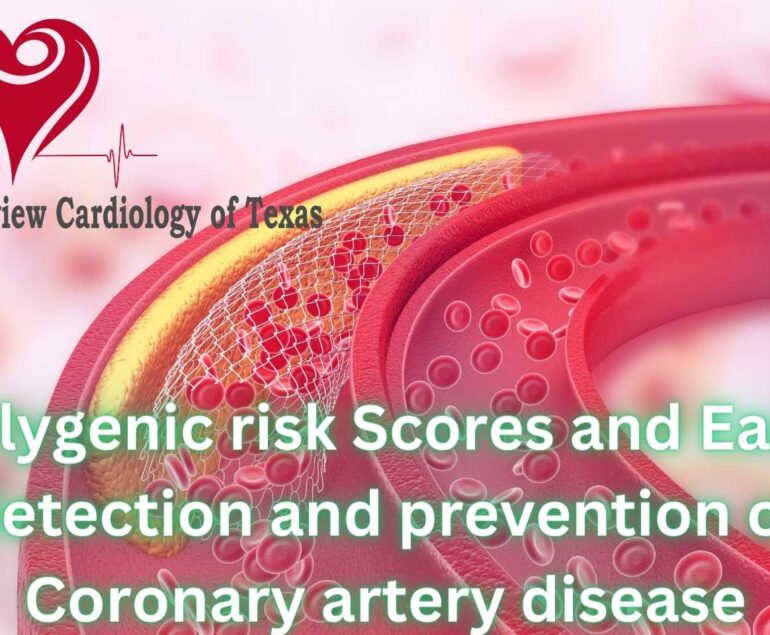Heart Attacks in Young Women in the USA: Understanding the Risks and Importance of Awareness
Heart attacks, traditionally associated with older individuals and men, are increasingly affecting younger women in the United States. This concerning trend highlights the need for heightened awareness and understanding of the risk factors, symptoms, and preventive measures related to heart disease in this specific population. We aim to shed light on the topic and emphasize the importance of early detection and proactive healthcare.
In recent years, there has been a notable increase in heart attacks among young women in the United States. According to studies, the incidence of heart attacks in women aged 35-54 has been steadily rising. This alarming trend challenges the long-held perception that heart disease primarily affects older males. Factors contributing to this rise include sedentary lifestyles, poor dietary habits, increasing stress levels, and the presence of underlying health conditions such as obesity, diabetes, and high blood pressure. History of eclampsia or pre eclampsia and history of gestational diabetes are also significant risk factors for future heart disease.
Recognizing the Symptoms:
The symptoms of a heart attack in young women can differ from those commonly observed in older individuals. While chest pain is a typical symptom, young women may also experience atypical signs such as fatigue, shortness of breath, nausea, vomiting, jaw or back pain, and unexplained anxiety. These symptoms are often mistaken for less severe conditions, leading to delayed or misdiagnosed treatment. Raising awareness among both young women and healthcare providers about these distinctive symptoms is crucial for prompt intervention and improved outcomes.
Risk Factors and Prevention:
Understanding the risk factors associated with heart attacks in young women is essential for prevention. Key risk factors include smoking, obesity, physical inactivity, high blood pressure, high cholesterol levels, and a family history of heart disease. Adopting a healthy lifestyle that includes regular exercise, a balanced diet, smoking cessation, stress management, and periodic check-ups can significantly reduce the likelihood of developing heart disease.
Educating and Empowering Women:
Empowering young women with knowledge about heart health is vital for early intervention. Comprehensive educational initiatives should focus on risk factor awareness, symptoms recognition, and the importance of seeking timely medical attention. Encouraging open conversations, providing accessible resources, and promoting heart-healthy behaviors can play a pivotal role in addressing this growing concern.
Conclusion:
The increasing incidence of heart attacks among young women in the United States calls for urgent action. By promoting awareness, recognizing symptoms, and implementing preventive measures, we can make substantial progress in mitigating the impact of heart disease in this population. Empowered with knowledge, young women can prioritize their heart health and lead fulfilling, healthier lives.
At Lakeview Cardiology of Texas, Dr Zafar is passionate about educating her patients and managing their risk factors to prevent heart attacks. She performs effective screening with various modalities to detect heart disease early.
Please call 972-962-2000 to set up a consultation and learn more about your risk.





